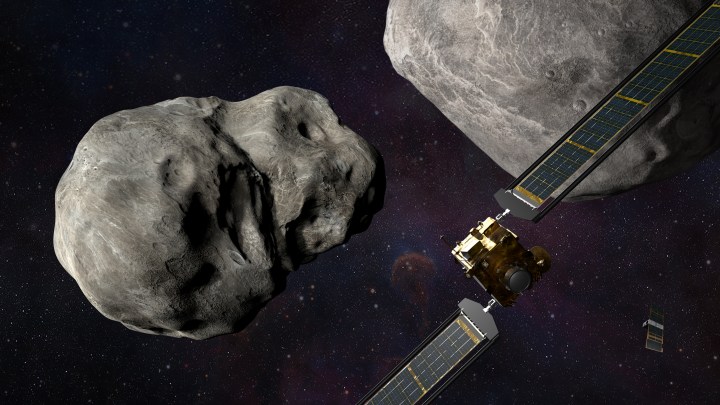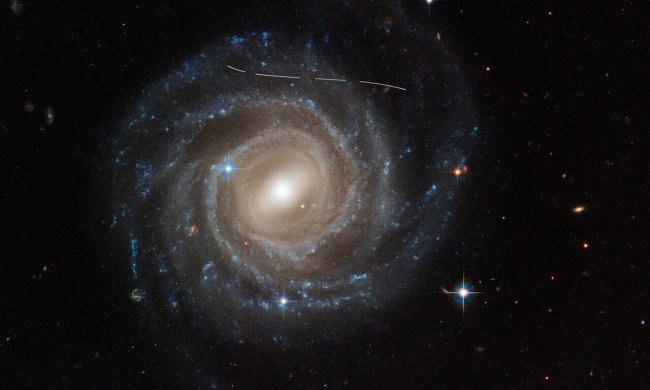This month, NASA will deliberately crash one of its spacecraft into an asteroid in a test of planetary defense capabilities. The idea of the DART mission (Double Asteroid Redirection Test) is to test out what options we might have if we ever spotted a dangerous asteroid headed toward Earth, by seeing whether crashing into an asteroid would be effective at diverting its course.
For the test, the DART spacecraft has been traveling toward a pair of asteroids since its launch in November last year. During that time the craft sent back its first images and the target asteroid was imaged as well. Now, the DART craft has deployed a small satellite that will take photographs as the crash occurs. The satellite, called LICIACube or Light Italian CubeSat for Imaging Asteroids, was popped free from a spring-loaded box on DART on September 11.

The deployment of LICIACube is a big moment for a smaller space agency too. The Italian Space Agency provided the satellite in a partnership with NASA.
“We are so excited for this — the first time an Italian team is operating its national spacecraft in deep space!” said Simone Pirrotta, LICIACube project manager for the Italian Space Agency, in a statement. “The whole team is fully involved in the activities, monitoring the satellite status and preparing the approaching phase to the asteroid’s flyby. We expect to receive the first full-frame images and to process them a couple of days after DART’s impact. We’ll then use them to confirm impact and to add relevant information about the generated plume — the real precious value of our photos.”
When DART impacts the asteroid, the idea is that LICIACube will be able to capture images of the immediate aftermath using two cameras it has on board: LUKE (LICIACube Unit Key Explorer) and LEIA (LICIACube Explorer Imaging for Asteroid).
“We are excited to have LICIACube on its way — our intrepid little reporter that we hope will make a valuable contribution to DART,” said Andrew Cheng, a lead investigator of DART. “What it will witness and document will provide us unique and important information that we otherwise wouldn’t get to see.”
To gather more information about the effectiveness of the DART test, the European Space Agency mission HERA will follow with a launch in November 2024 to also visit the asteroid system and see in detail the effects of the impact.



